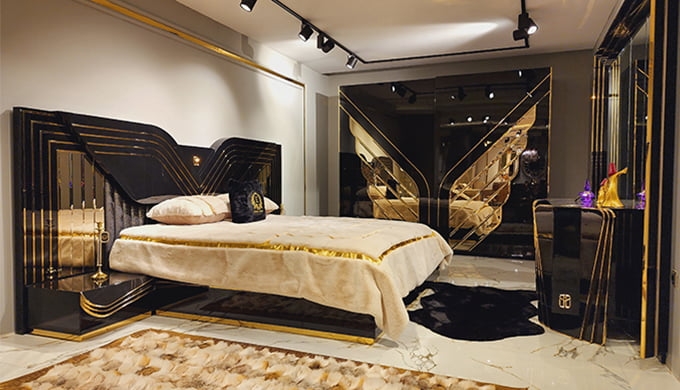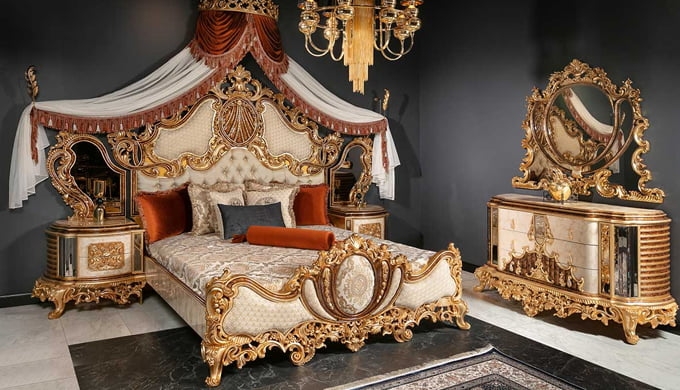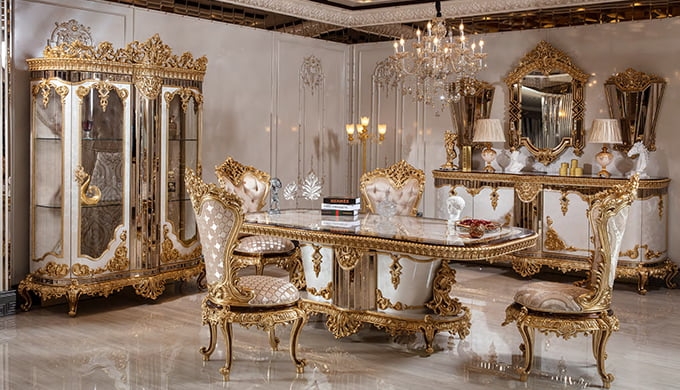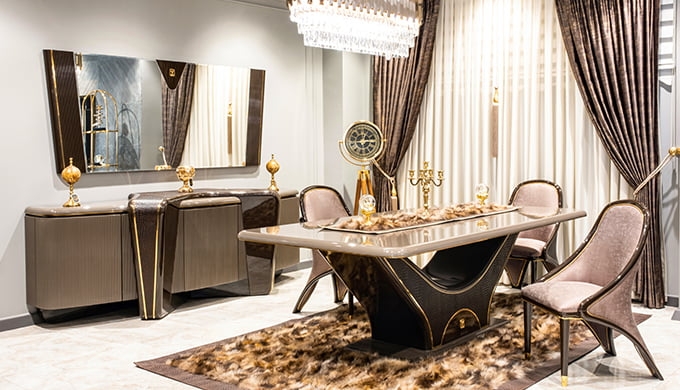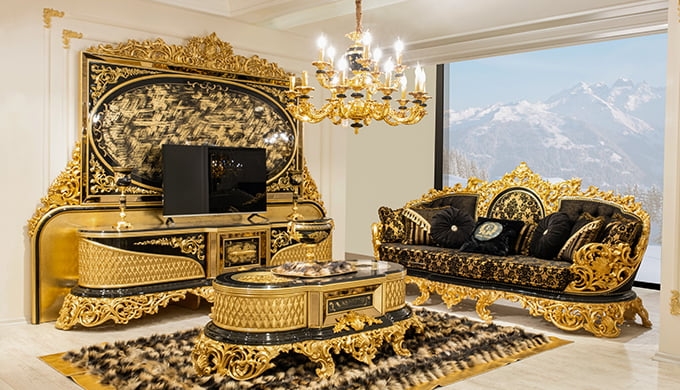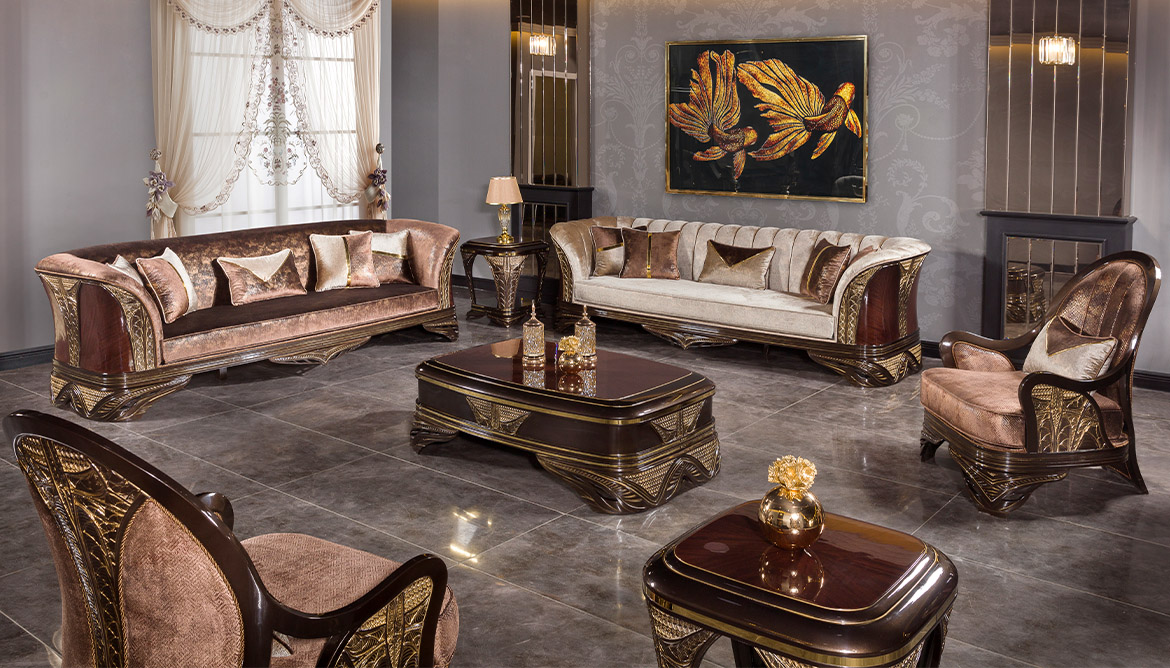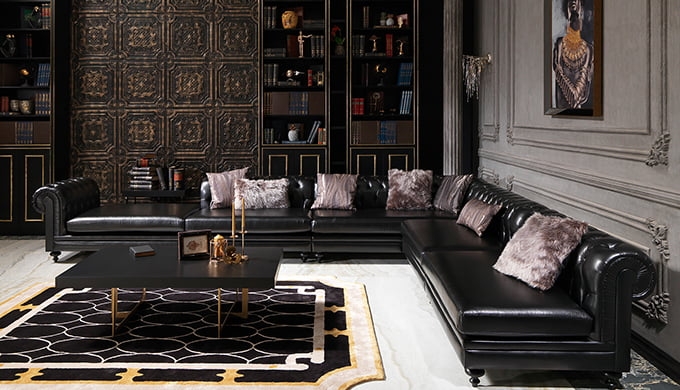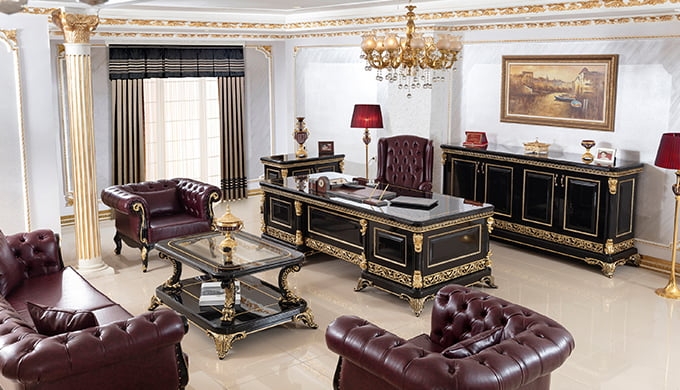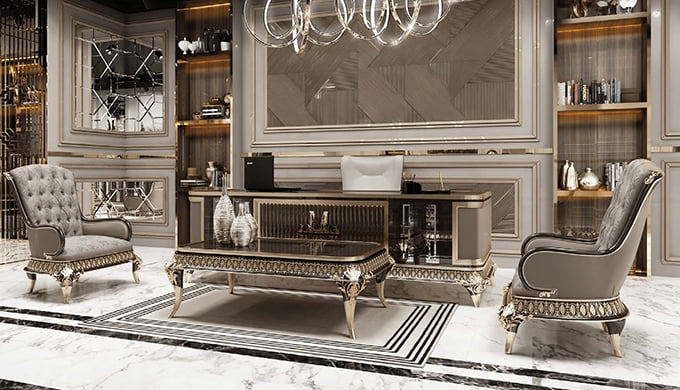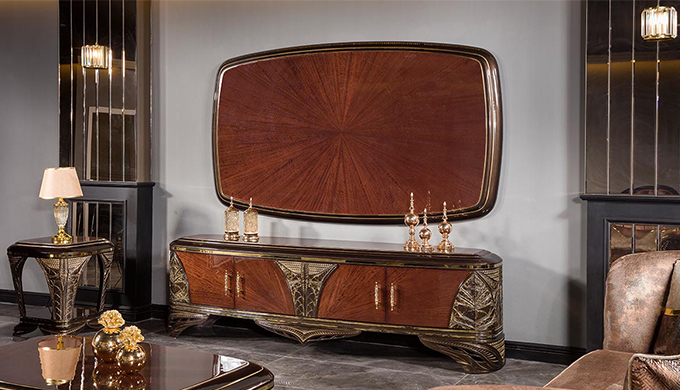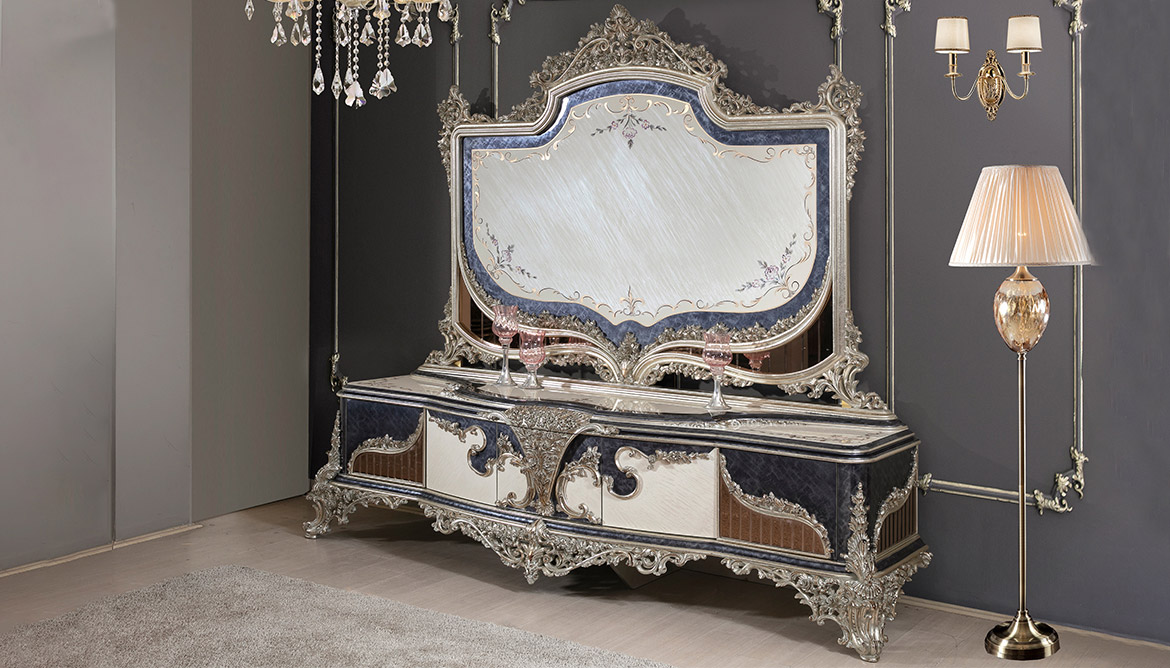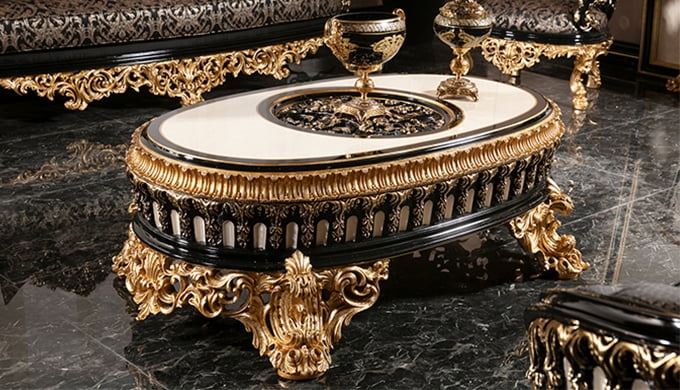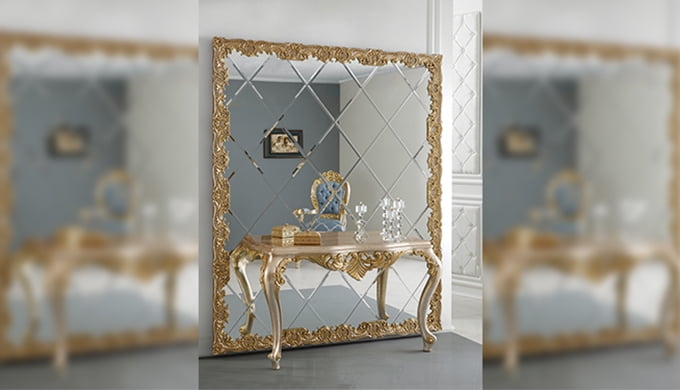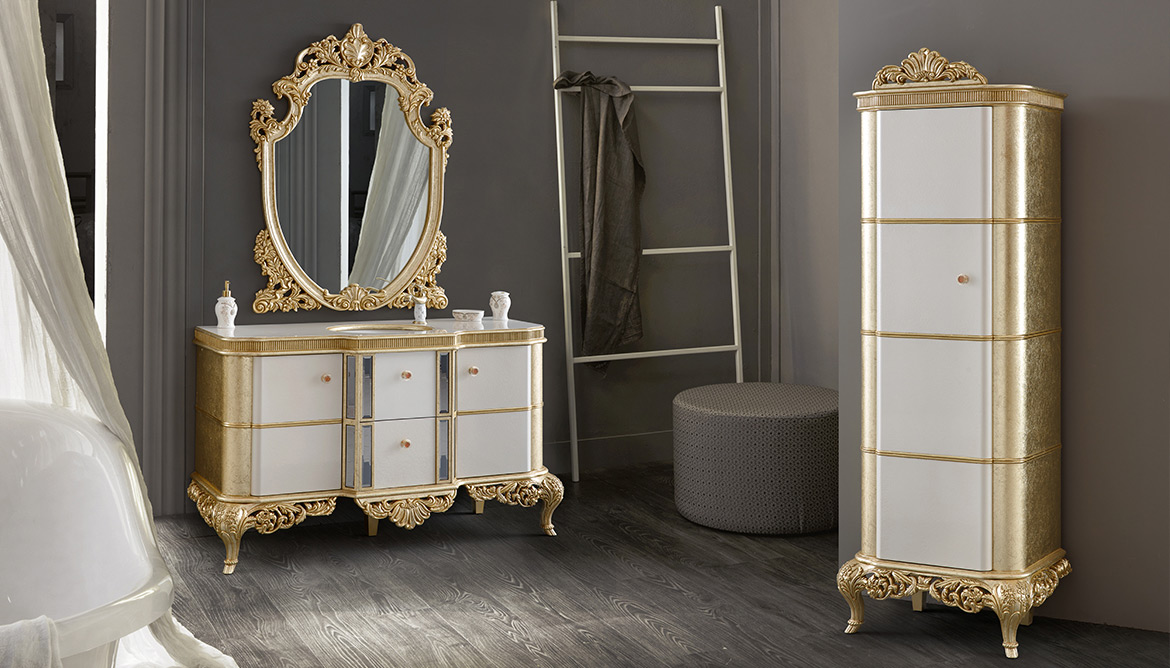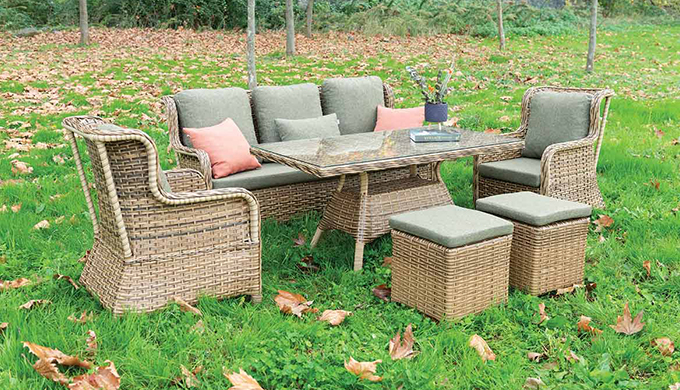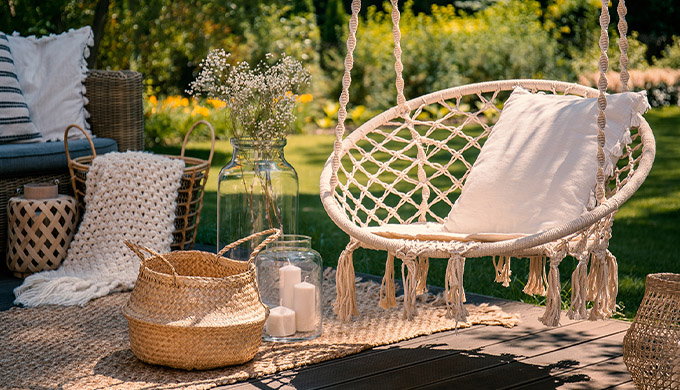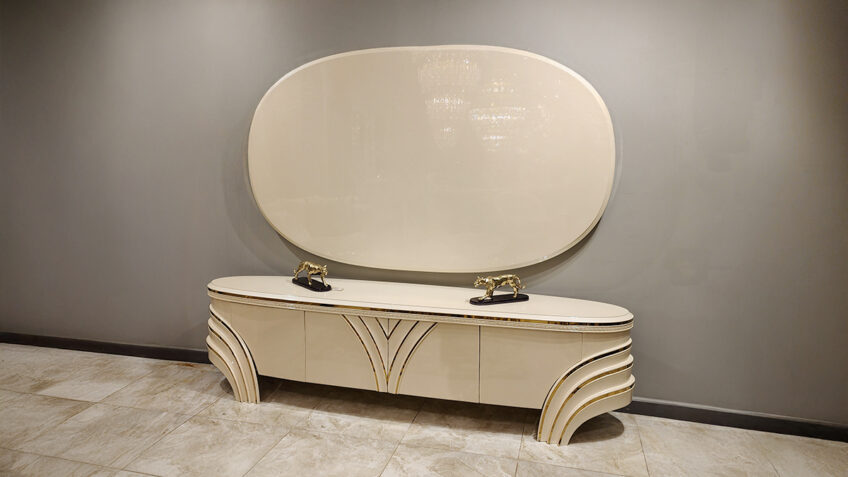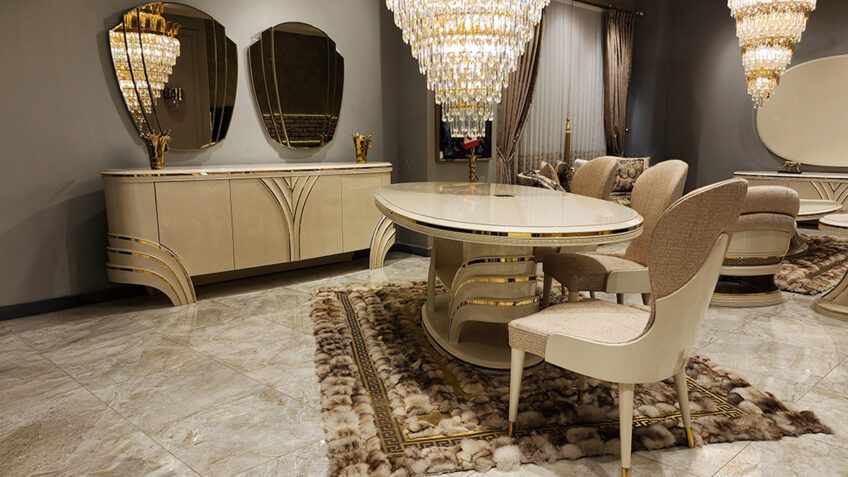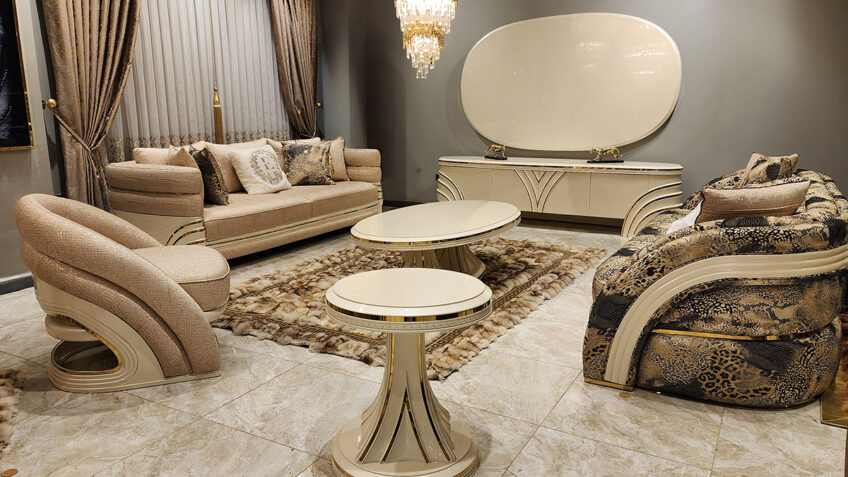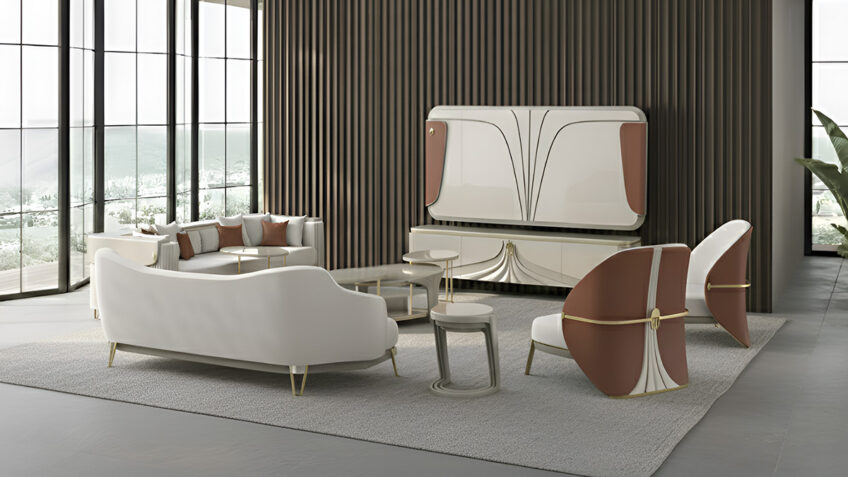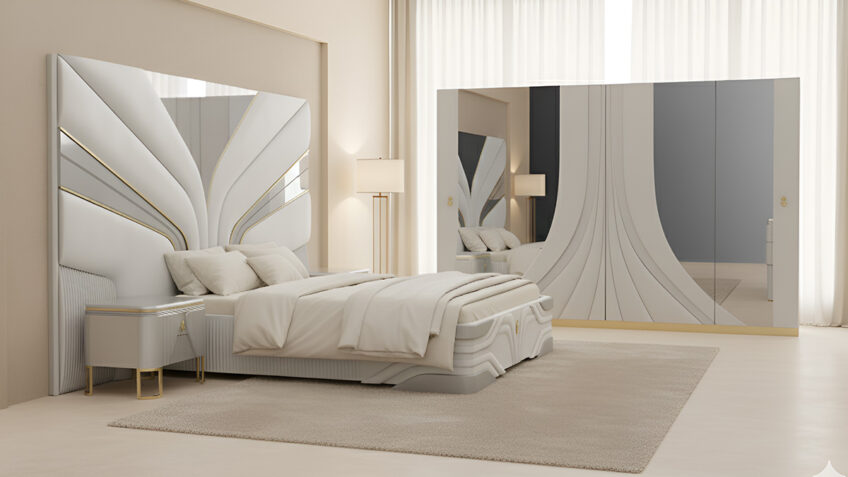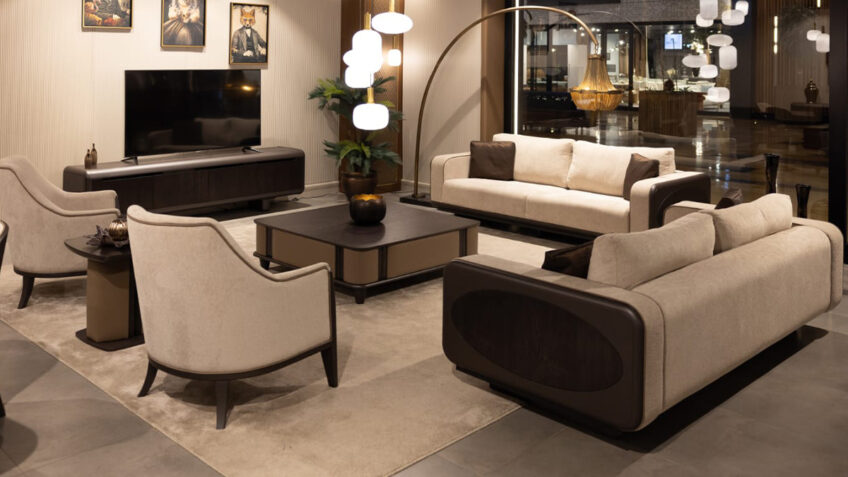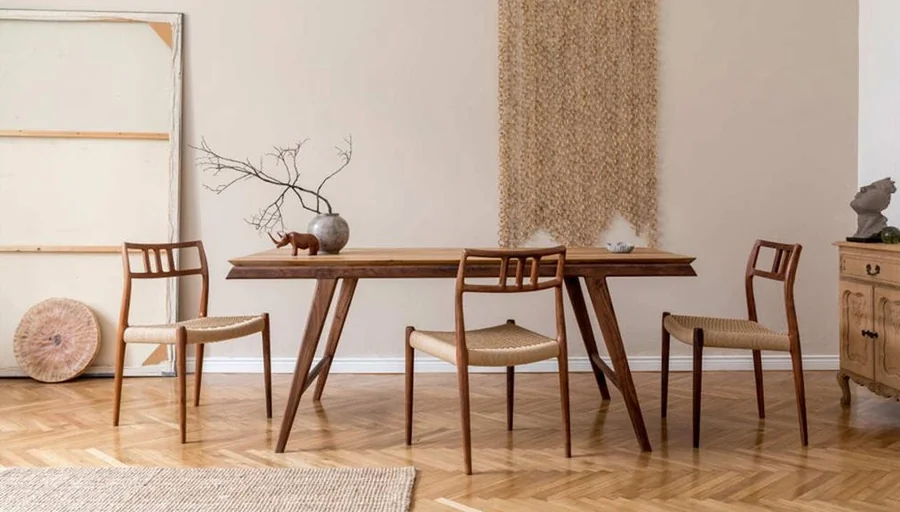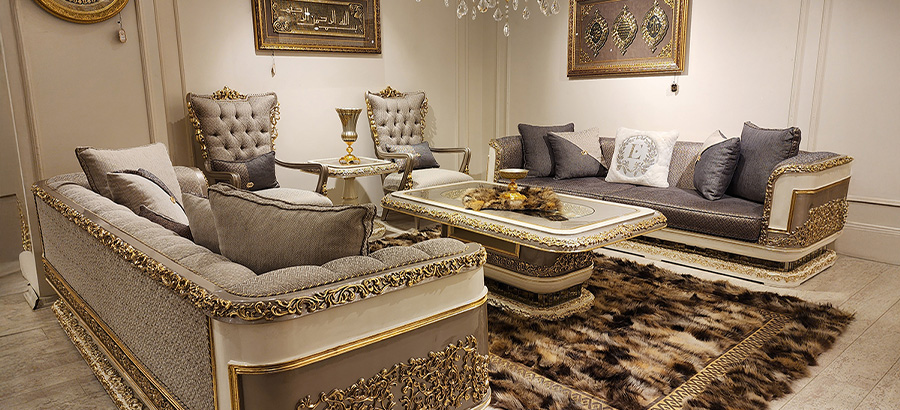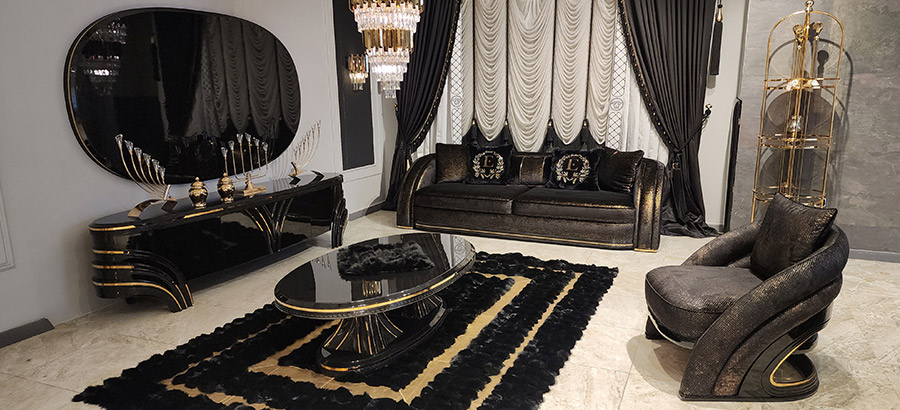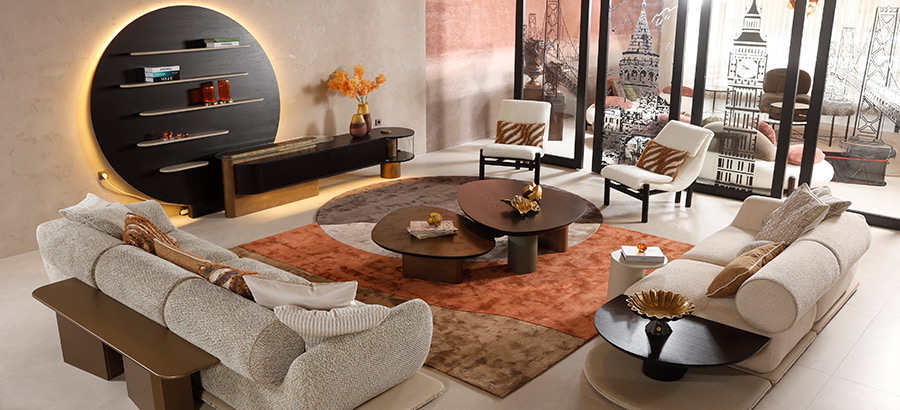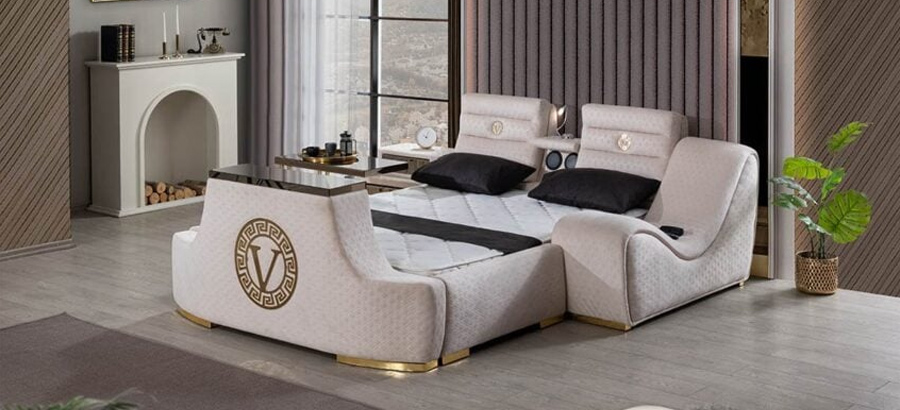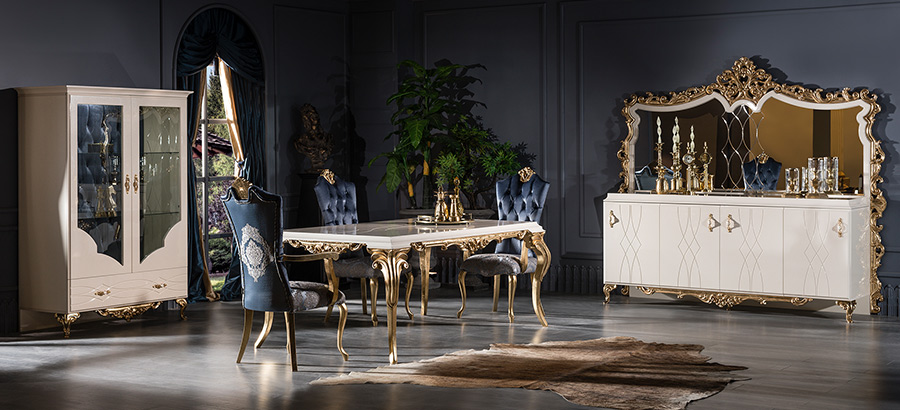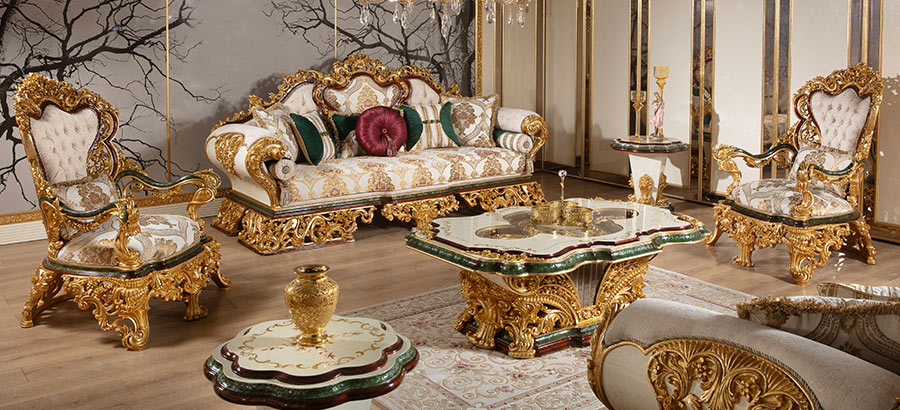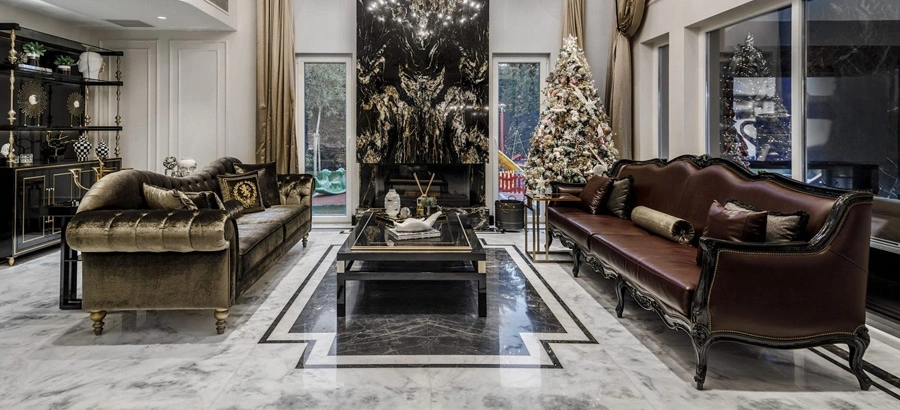Mirrors are a powerful yet often underestimated tool in interior design. They can make a room appear larger, create focal points, and most importantly, enhance natural light. If you’re looking to brighten up your living space without investing in additional lighting, mirrors can be your best friend. Here’s a guide on how to strategically use mirrors to maximize the natural light in your home.
1. Position Mirrors Opposite Windows
The most effective way to use mirrors for enhancing natural light is to place them directly opposite windows. This placement allows the mirror to reflect light from outside, filling the room with brightness. By doing this, you not only increase the amount of light but also create the illusion of a second window, making the space feel more expansive.
2. Use Mirrored Furniture
Mirrored furniture, such as side tables, cabinets, or even bed frames, can add a touch of elegance to your home while subtly bouncing light around the room. These pieces reflect light from every angle, enhancing the brightness without the need for multiple, large mirrors on the walls.

3. Create a Mirrored Wall Feature
If you have a particularly dark room or an area that lacks windows, consider installing a mirrored wall feature. This can be a single large mirror, a collection of smaller mirrors arranged artistically, or a wall panel with mirrored tiles. A mirrored wall will reflect both natural and artificial light, significantly brightening the space.
4. Incorporate Mirrored Backsplashes
Mirrored backsplashes are a unique way to add light to your kitchen or bathroom. These reflective surfaces not only make the room feel larger but also bounce light across the space, enhancing the natural brightness. Mirrored backsplashes work exceptionally well in smaller kitchens or bathrooms where natural light is limited.
5. Use Floor-Length Mirrors in Narrow Spaces
Hallways and narrow spaces often suffer from a lack of natural light. Placing a floor-length mirror at the end of a hallway or in a narrow room can help to distribute light more evenly, making the space feel less confined. The reflective surface will also create the illusion of depth, giving a more open and airy feel.

6. Hang Mirrors Behind Light Sources
To amplify the light in a room, consider hanging a mirror behind a light source such as a table lamp, pendant light, or wall sconce. The mirror will reflect the light from the source, doubling the brightness in the room and creating a warm, inviting atmosphere.
7. Use Mirrors as Decorative Art Pieces
Mirrors come in a variety of shapes, sizes, and styles, making them perfect decorative elements for any room. Use mirrors with decorative frames or unique shapes as art pieces. Not only do they serve as beautiful focal points, but they also reflect light and brighten up the room.
8. Opt for Large Mirrors in Small Rooms
Small rooms, like bathrooms or guest bedrooms, can feel dark and cramped. A large mirror can make these spaces feel brighter and more spacious. Position a large mirror on a central wall to reflect natural light from a window or doorway, enhancing the room’s overall ambiance.
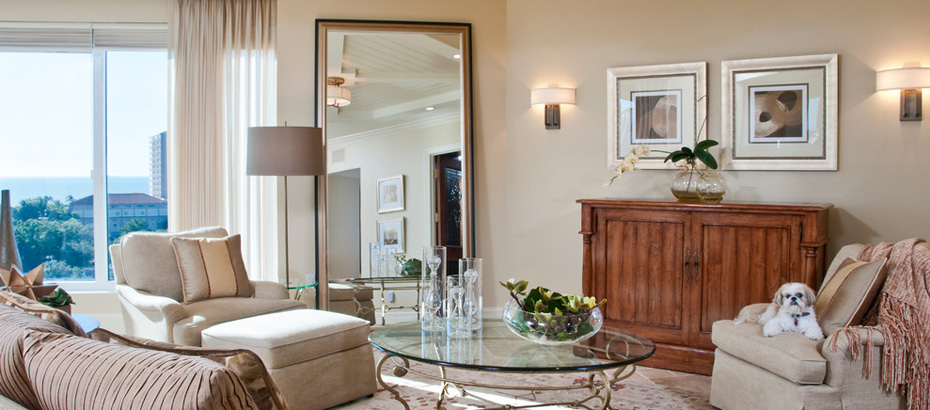
9. Consider Mirrored Ceiling Panels
For an unconventional yet highly effective method, mirrored ceiling panels can reflect a substantial amount of natural light. This technique works best in rooms with high ceilings or large windows, as it helps to diffuse light evenly throughout the space.
10. Choose Mirrors with Strategic Angles
Mirrors don’t always have to be flat. Angled mirrors can be strategically placed to reflect light from windows into darker areas of a room. For example, a convex mirror in a dim corner can catch light from across the room and diffuse it, making the space feel brighter.
